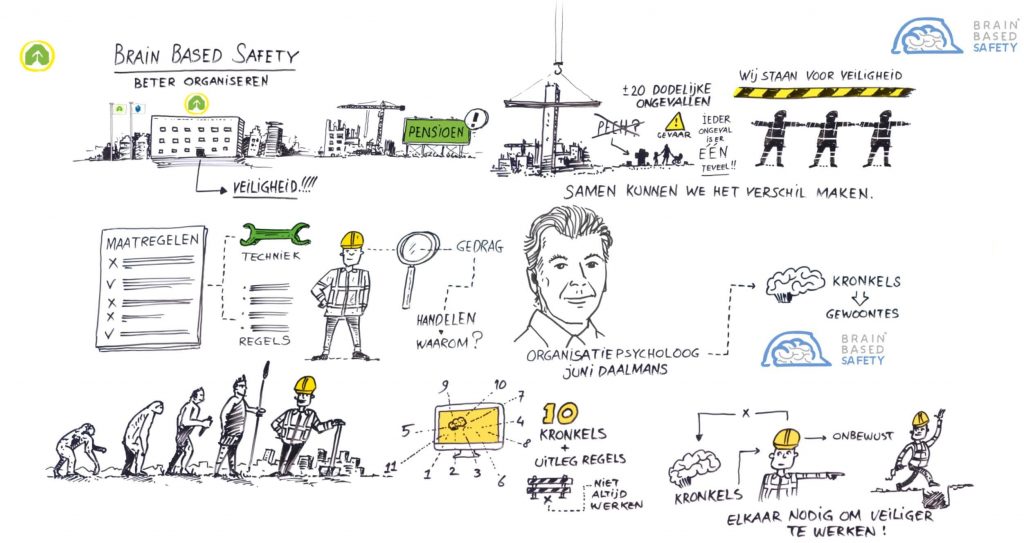What is safety?
When you ask someone about the state of an organization’s safety, they almost spontaneously mention the number of accidents that occurred in the past period. The assumption is that fewer incidents lead to more safety. This assumption has a significant impact on how we structure our safety management and how we measure safety. This message discusses these consequences and presents an alternative approach.
The origin: avoiding problems
The focus on incidents is closely related to the origins of this field. Two hundred years ago, the primary concern was productivity loss, which cost money. The health of employees and the environment were of secondary importance. Everything was geared towards achieving results, and every process disruption received attention. The fewer these disruptions, the better things went. To this day, it’s easier to allocate funds to solve a problem than to prevent one.
Management attention
In the late 1990s, the importance of management attention in promoting safety became more prominent. This type of attention was part of a “proactive safety culture.” The idea was and still is that if management sets the right example, employees will follow suit. Here, we can recognize the social dimension of safety management.
Old wine in new bottles
However, this new management attention did not come with a new way of thinking about what safety is. While management now conducts rounds, the focus remains strongly on detecting errors and deviations from rules. Based on the form filled out afterward, one quickly gets the idea that the purpose of such a round is to check compliance.
New thinking
The problem-solving way of managing safety is deeply rooted in our view of the world. Changing this can be facilitated by a new definition that better represents the core of safety management. The key is to execute processes as planned and intended. The more successful this is, the more control one has over the processes. This is the essence of being “in control,” which should not be confused with exerting control. The more you are in control, the safer the process.
From weakness to strength
The focus on control is directed towards the quality of an organization, not its weaknesses. This approach offers more possibilities. Neutralizing weaknesses does not provide guidance on what to do. It only reduces errors. The focus on control provides guidance on what to do right. Moreover, for the human brain, learning is much easier than unlearning. Learning is literally creating new connections between brain cells, which can be done on command. Unlearning means dissolving previous connections, which can only be achieved by not using them. Anyone who has tried to unlearn an old habit knows how difficult this can be.
How to get “in control”?
Being “in control” means starting by mapping all the important processes of the organization. Then, for each process, you determine the critical point that determines whether a process is manageable. A sensor can be installed for each critical point, indicating the status of the process. If all sensor values are green, the processes are running as planned. This not only creates a safely functioning organization but also one that delivers quality and ultimately profit.
Example: Safe behavior
We know that employees’ behavior significantly influences safety. The classic view is that safe behavior results from following all the rules, advocating reactive behavior. Nowadays, many believe that an organization functions better when employees exhibit proactive behavior. We want them to “think” about what they are doing. Therefore, an employee’s proactive actions are critical. Research shows that employees can act autonomously and safely when they are convinced that their immediate supervisor sets a good example and never compromises on safety, even if it conflicts with other goals like short-term results. Thus, the sensor for this critical process is the employee’s perception of their immediate supervisor.
Challenge of our time
Our challenge is to turn this idea into policy. I advocate defining Critical Safety Indicators (CSIs) that indicate whether a process is in control or not. Some of these indicators will be the same for all organizations, while some will differ by industry. Once defined, these indicators can form the basis for a Safety Index, a measure of an organization’s safety. Compared to the current metric (incident counts), a Safety Index provides many more tools and, consequently, more opportunities for management to steer their organization towards greater safety.
Juni Daalmans January 2020



